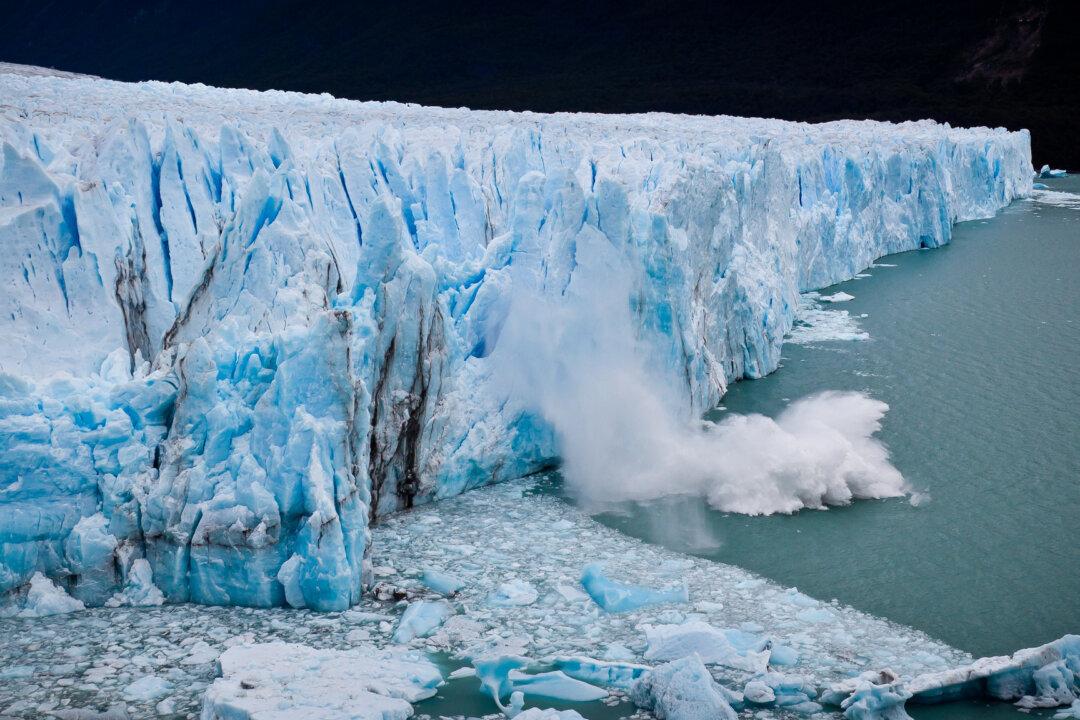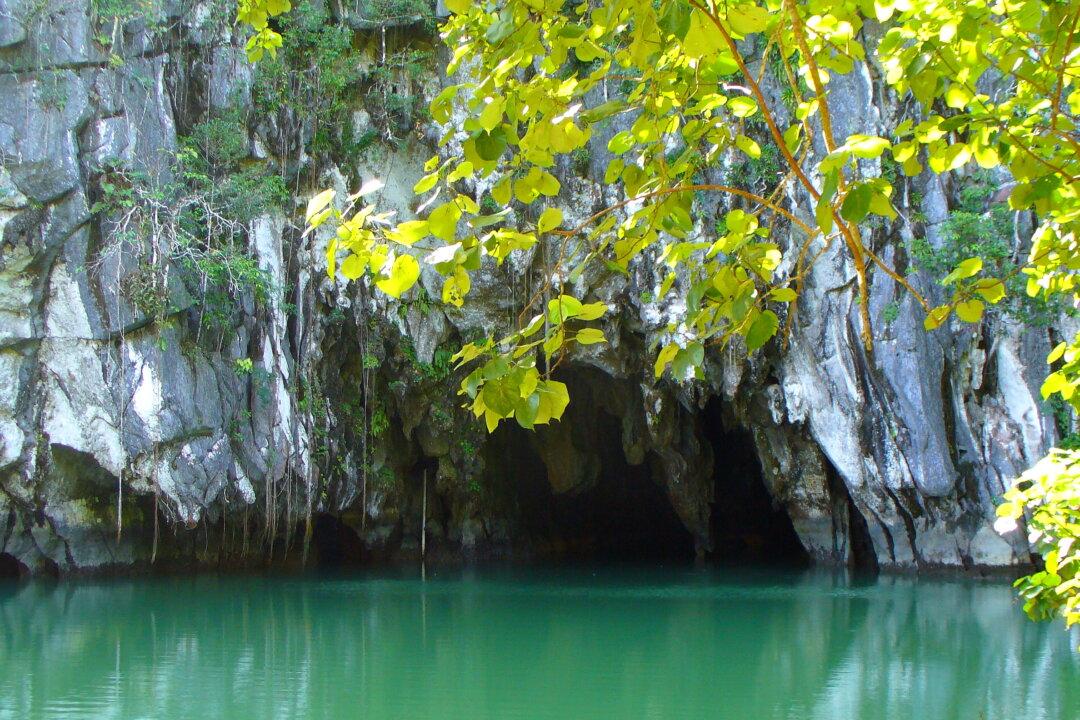Researchers for the first time have used seismic sensors to track meltwater flowing through glaciers and into the ocean, an essential step to understanding the future of the world’s largest glaciers as climate changes.
Meltwater moving through a glacier into the ocean is critically important because it can increase melting and destabilize the glacier in a number of ways: The water can speed the glacier’s flow downhill toward the sea; it can move rocks, boulders, and other sediments toward the terminus of the glacier along its base; and it can churn and stir warm ocean water, bringing it in contact with the glacier.
“It’s like when you drop an ice cube into a pot of warm water. It will eventually melt, but it will melt a lot faster if you stir that water,” says Timothy Bartholomaus, a postdoctoral fellow at the University of Texas at Austin Jackson School of Geosciences. “Subglacial discharge provides that stirring.”
Tidewater Glaciers
The new technique, described in the journal Geophysical Journal Letters, offers scientists a tool for tracking meltwater at glaciers that end in the ocean, called tidewater glaciers.


